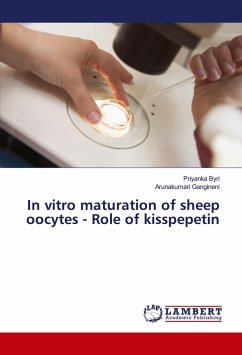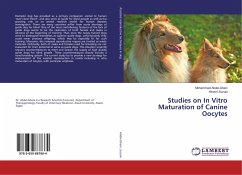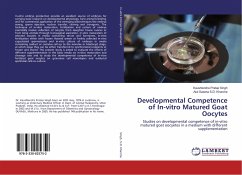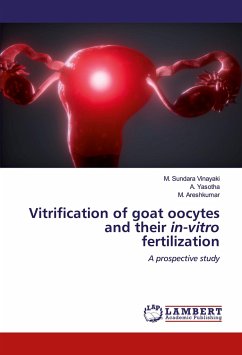Gonadotropin-releasing hormone (GnRH) has been known to play a major role in the control of reproduction for the last 30 years, but the mechanisms involved in the secretion of GnRH at cellular and molecular level are not completely understood. Recent developments in reproduction with the use of kisspeptin (KP) have opened a new vista to understand these regulatory mechanisms of GnRH secretion. KP seems to be involved in the onset of puberty, initiation of the breeding season and the dynamic changes of follicle-stimulating hormone (FSH) and luteinizing hormone (LH) secretion during estrous cycle. KP, first identified as a metastasis suppressor molecule, is the product of the gene Kiss-1, which encodes a 145-amino acid peptide. It has biologically active peptides ranging from 10 to 54 amino acids in length. Genes encoding KP (KISS1) and its receptors (KISS1R) have been documented in the ovaries of fish, hamsters, pigs and goats, primate, and human ovaries. Administration of KP induces the secretion of gonadotropin hormones in many species such as pigs, bovines, ewes, goats, canines, and women.
Bitte wählen Sie Ihr Anliegen aus.
Rechnungen
Retourenschein anfordern
Bestellstatus
Storno








